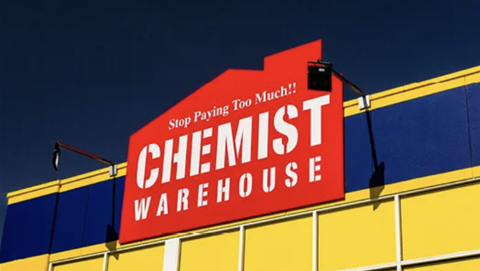Carbon counting platform Avarni is using automation to help organisations understand how much emissions they are creating.

The normal workflow of an organisation understanding its emissions is procuring internal data, sending it to an external consultant and then getting a breakdown of what needs to change.
Misha Cajic, co-founder and co-CEO at Avarni told Digital Nation what his company does is automate that entire process.
“That data dump that you'd get where it's essentially the spend of the company will use AI to process and convert that into emissions data automatically,” he said.
“AI is a big buzzword right now, but the way we use it is real, it's machine learning models that can predict where that data should go in terms of emissions.”
Through the automation process, Cajic said an organisation will have a clearer picture of two key factors.
“Number one, which suppliers are the ones that constitute that largest portion of emissions, but then number two, out of those suppliers, which ones are the most ready to engage?” He said.
“How many of these suppliers are mentioning carbon in their public disclosures? How many of them may have already set targets that they've publicly disclosed? How many of them have mentioned anything about this issue and are probably a lot less mature and thinking about it and is essentially not top of mind for them.”
The decarbonisation platform has recently raised $2.5 million in an extension round from returning investor Main Sequence, along with new investors Sprint Ventures and AfterWork Ventures.
The funding comes as the platform surpassed more than $1.58 trillion worth of supply chain carbon footprint data across 311,000 suppliers.
Tackling Scope 3 tracking
Tracking Scope 1, 2 and 3 types of emissions can be a major part of an organisation’s sustainability strategy. Scope 1 and 2 are usually straightforward in tracking, Cajic said but understanding Scope 3 can be trickier.
“The biggest challenge on [Scope 1 and 2] is simply going to be costs and just convincing the business that the longer-term economic benefit of investing in these technologies now outweighs the upfront cost,” he explained.
“But then the big challenge with Scope 3, of course, is you need to be convinced of that, but so do your suppliers. Then how do you convince your suppliers to make that leap of faith, make that investment that will in the longer term have a lower carbon cost, but also a lower economic cost?”
Cajic explained reducing emissions longer-term means a reduction in costs.
“The energy prices that you're paying are lower and especially when regulation comes in and this starts to be some sort of carbon tax, then you're not going to be paying for your emissions,” he said.
Cajic said tracking Scope 3 emissions is a challenge for most organisations because the data a company needs in order to track is with their suppliers, it's not in their possession.
“In the first instance, all you can do is an estimate and estimates are great, but they're only great as far as they get you to the next step of understanding which of the suppliers I need to get real data from,” he said.
With Avarni, Cajic believes it will be easier to track Scope 3 emissions.
“The way that we are making that easier is by going to the suppliers and telling them this tool is going to be free for you to track and report your emissions and there's a better user interface that makes it easier to understand which data to put in,” he said.
“There's a single source of truth, there's better reporting capabilities out of the box versus using an Excel spreadsheet. Our platform makes it easy to understand, here's the data you need to get, here's where you could potentially get it from and it just centralises all the data in one place, which then gets passed back to the customer who's looking for that data.”
Cajic said what he is finding difficult is ensuring that suppliers are comfortable with providing data.
“Some of the incentives that we see our customers put in is if they provide that data, then they're, for example, going to be a preferred supplier, and that's going to command a premium on the supplier contracts.”


_(20).jpg&h=140&w=231&c=1&s=0)







 iTnews Executive Retreat - Security Leaders Edition
iTnews Executive Retreat - Security Leaders Edition












_(1).jpg&h=140&w=231&c=1&s=0)



